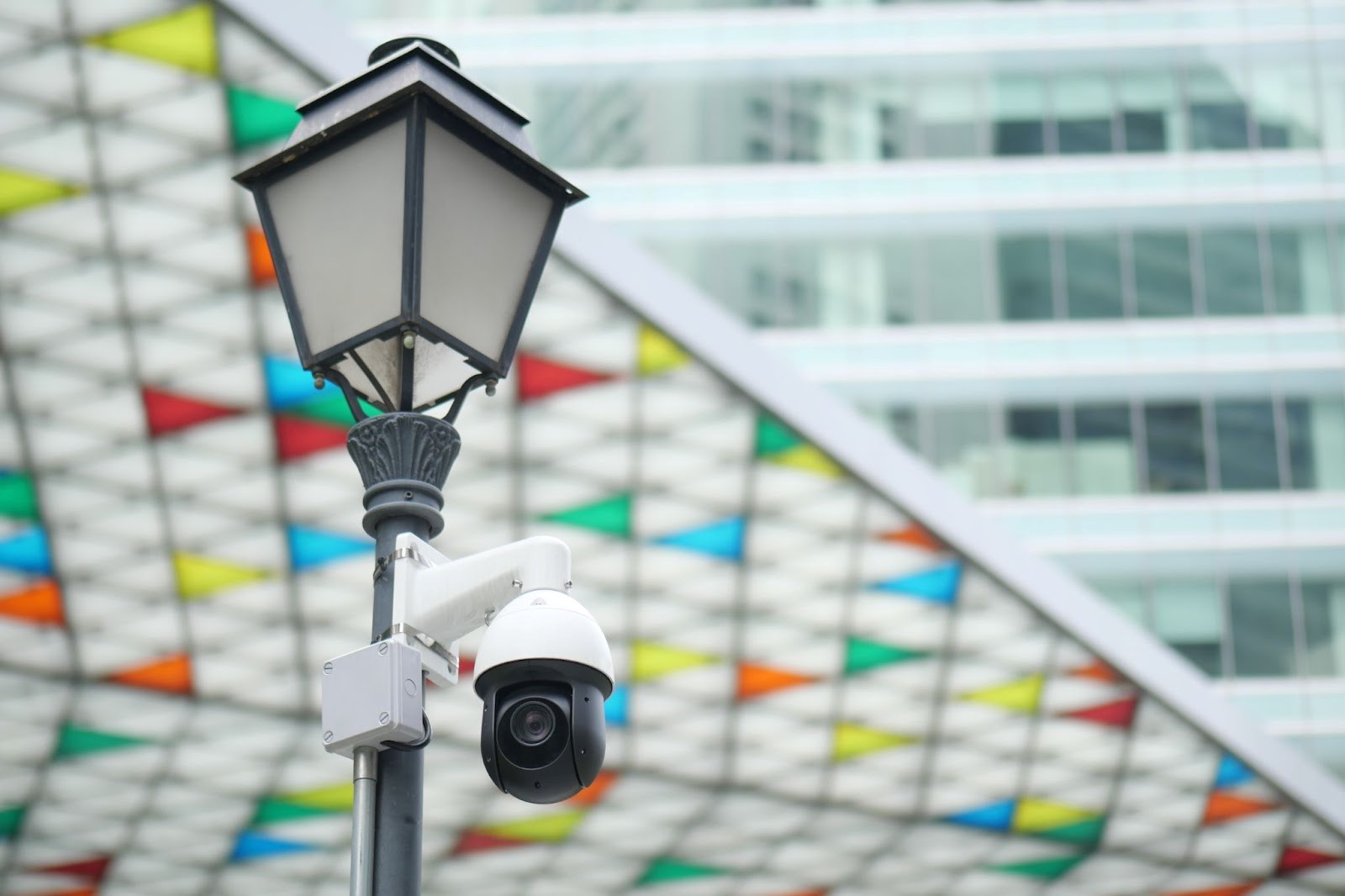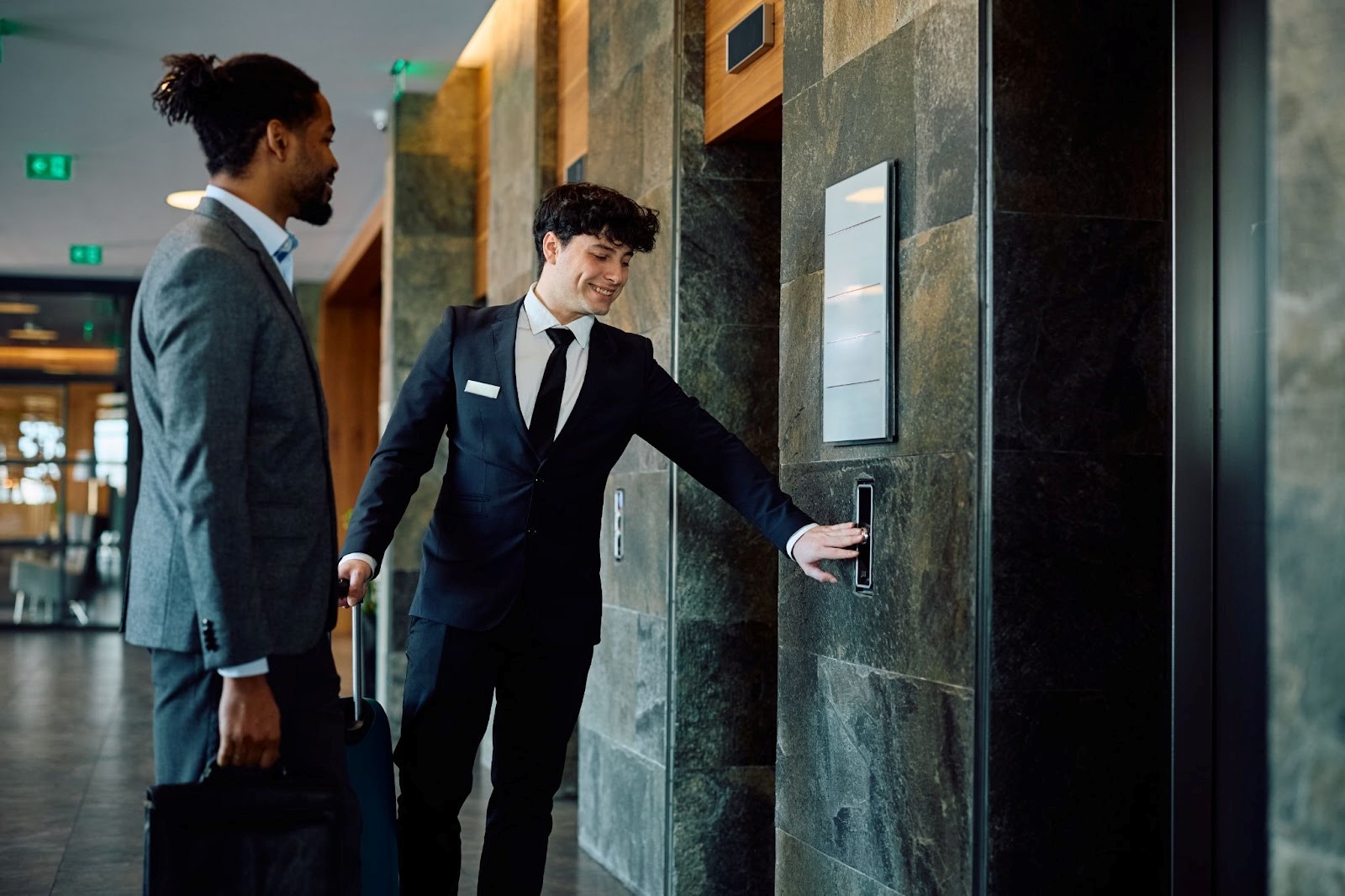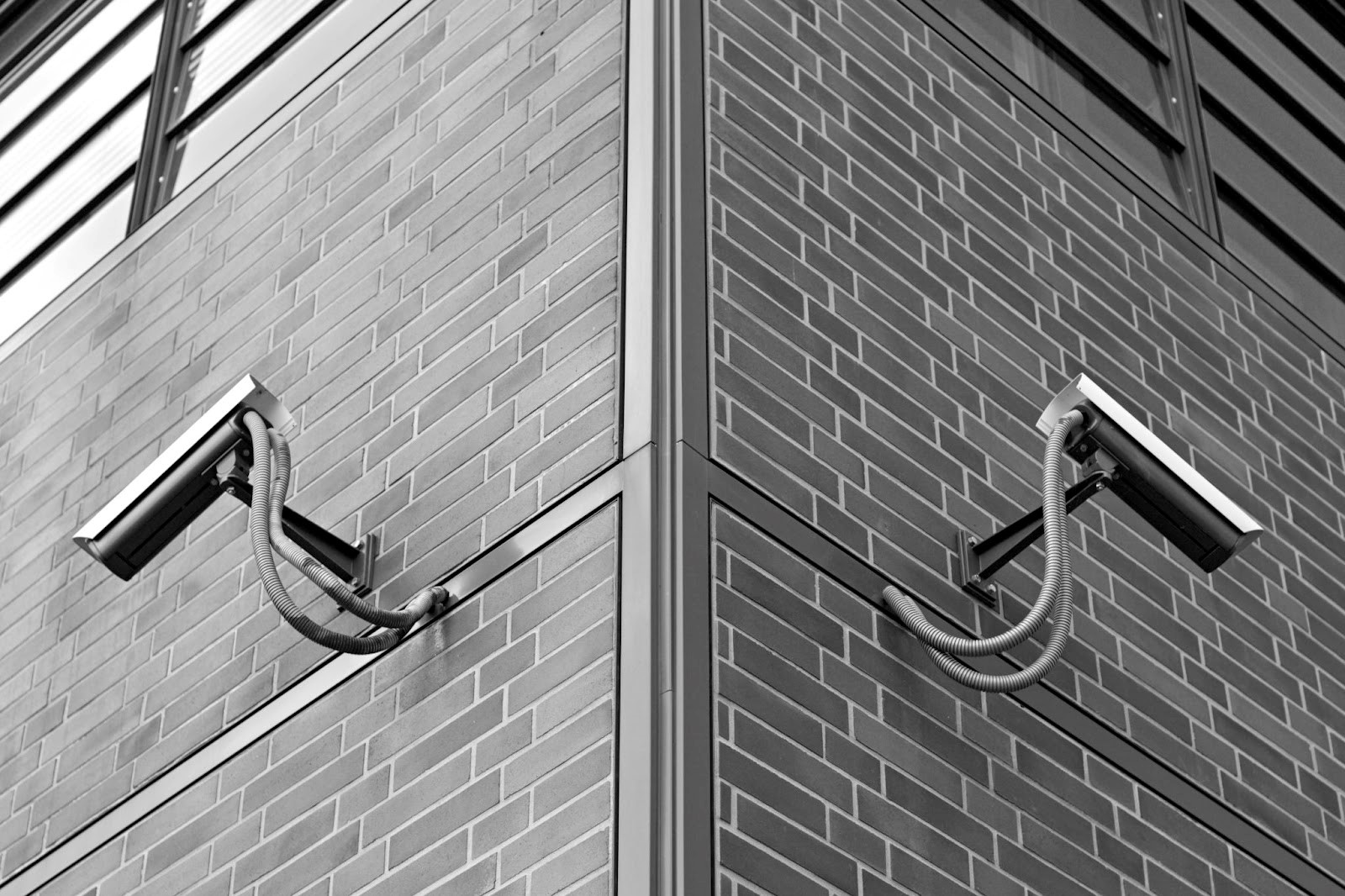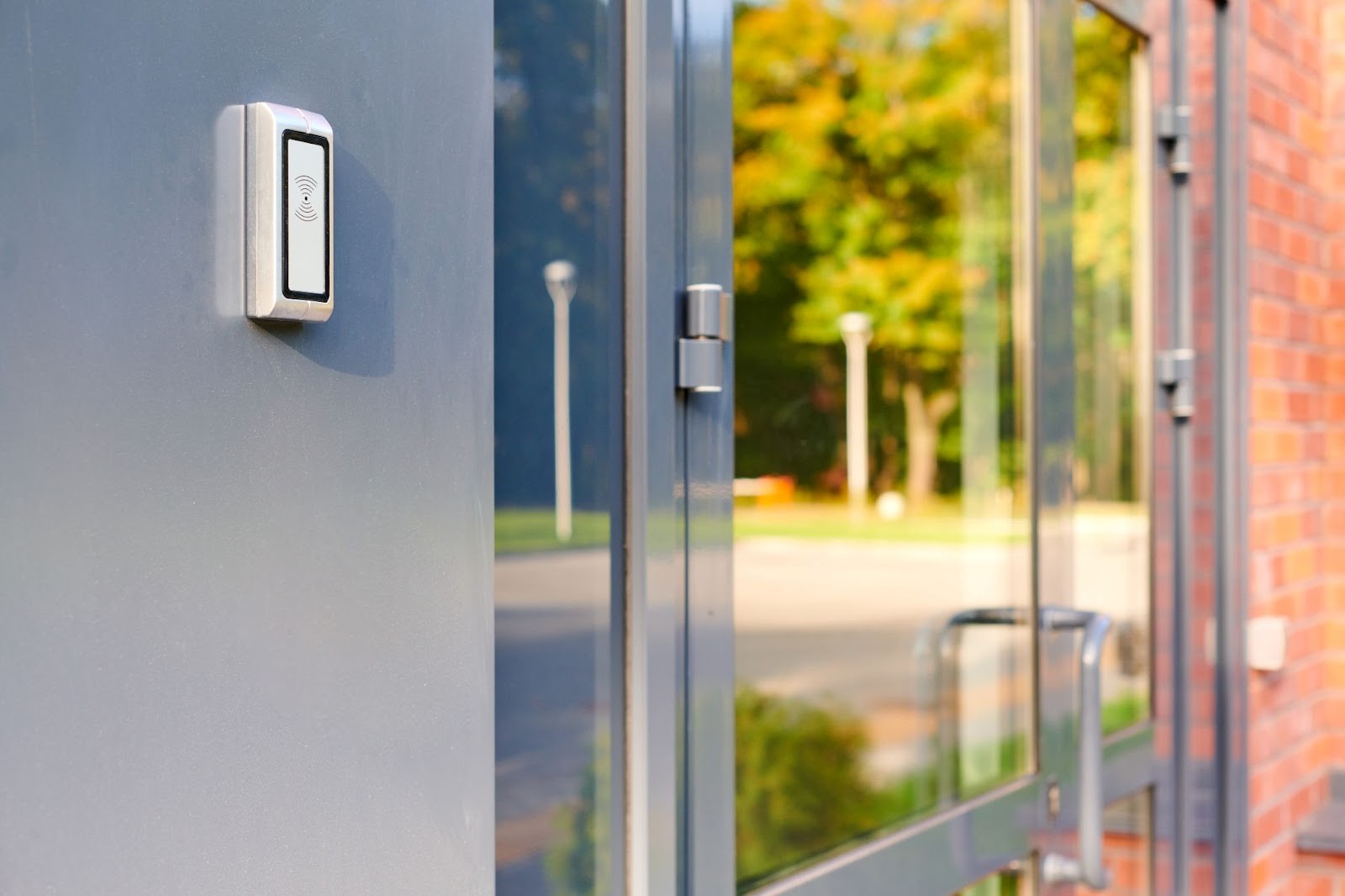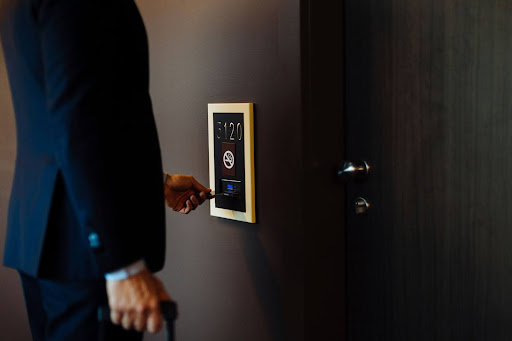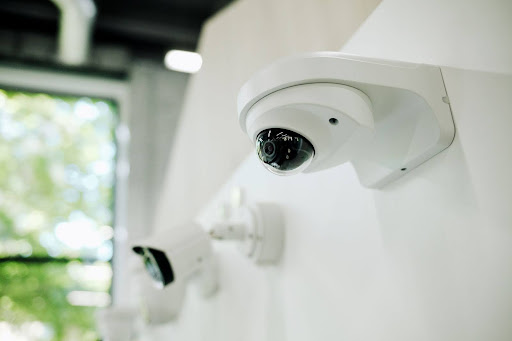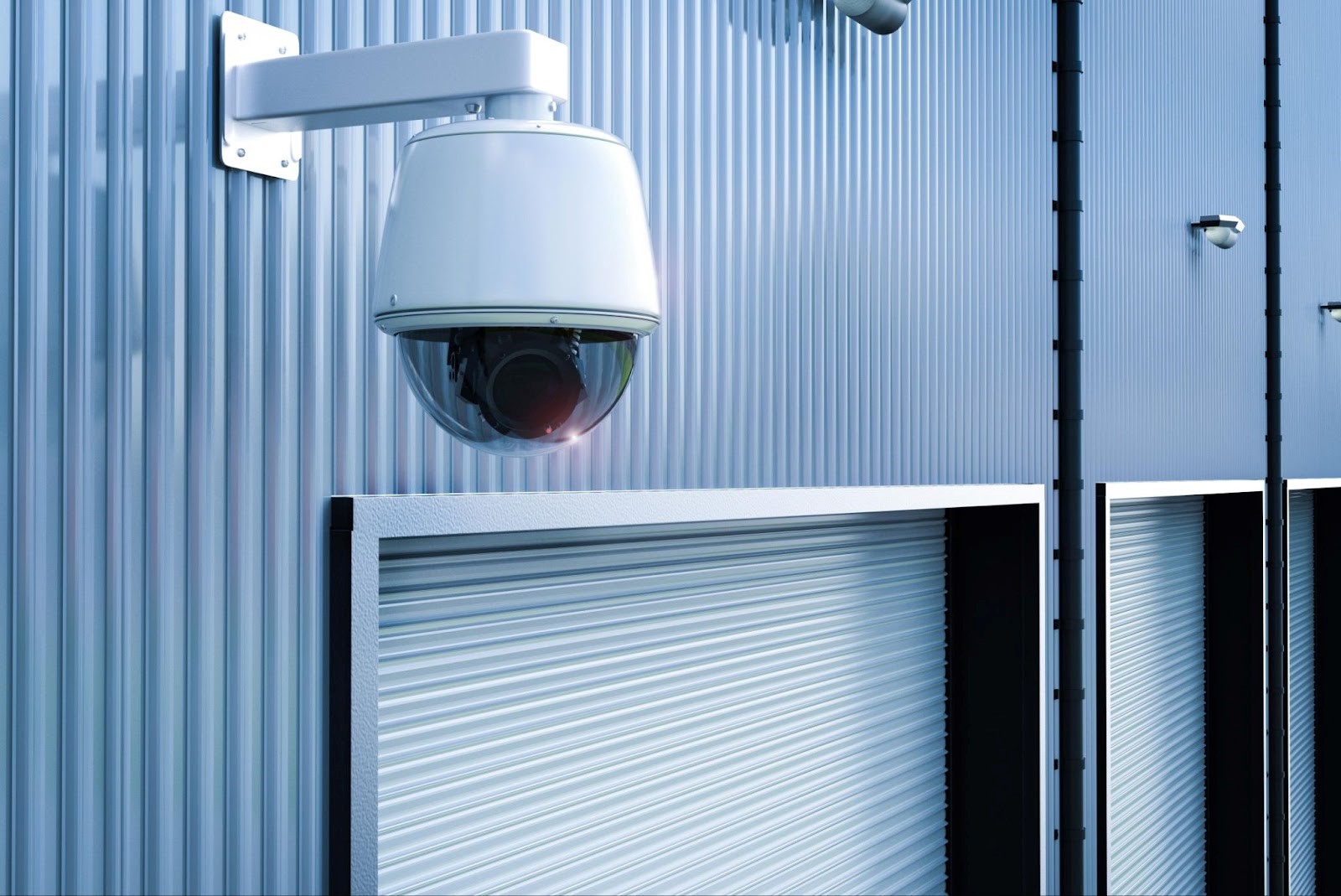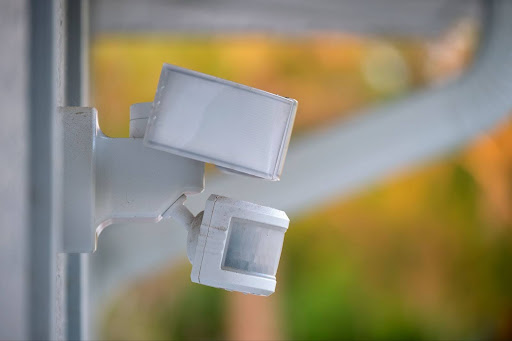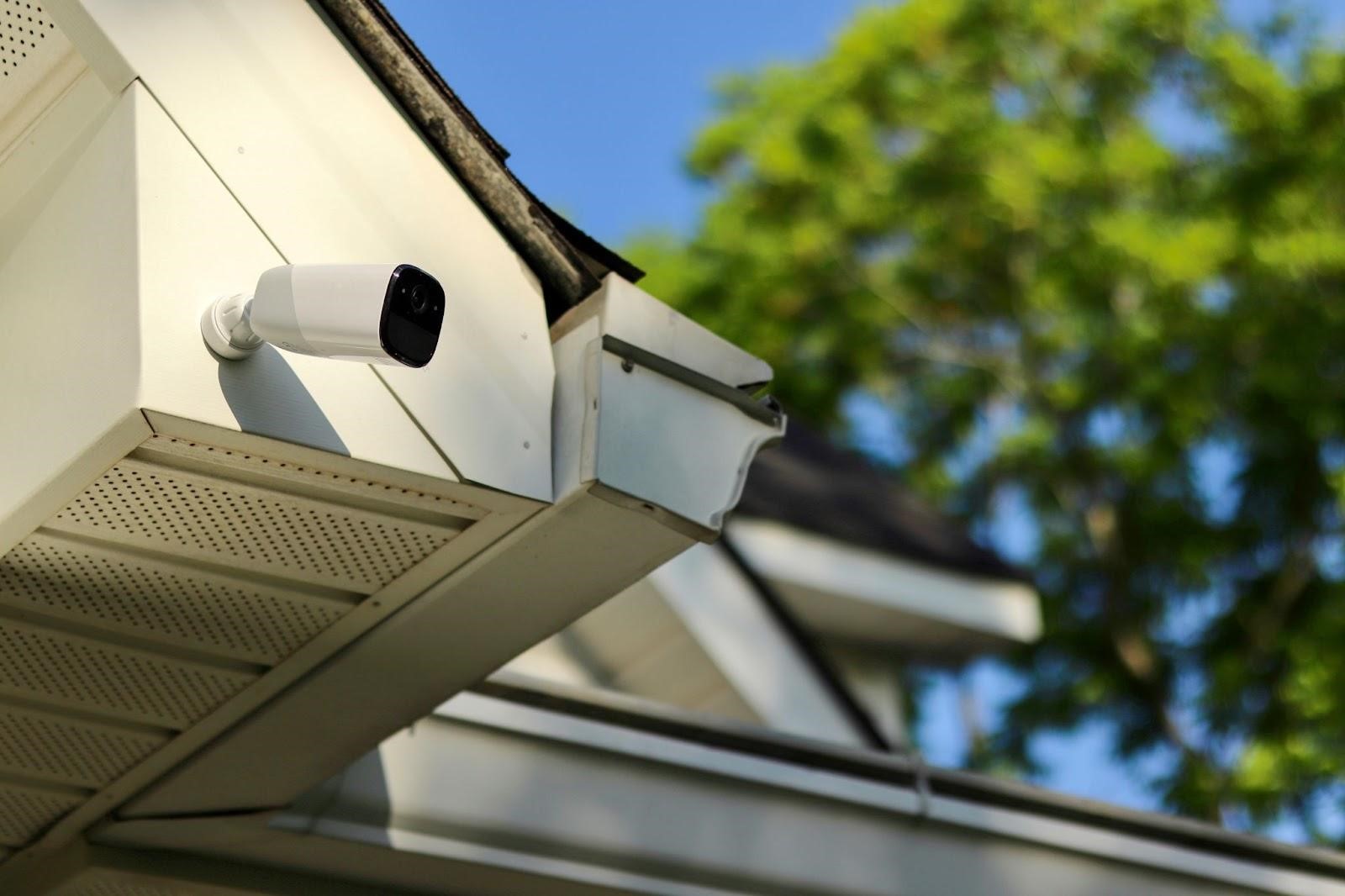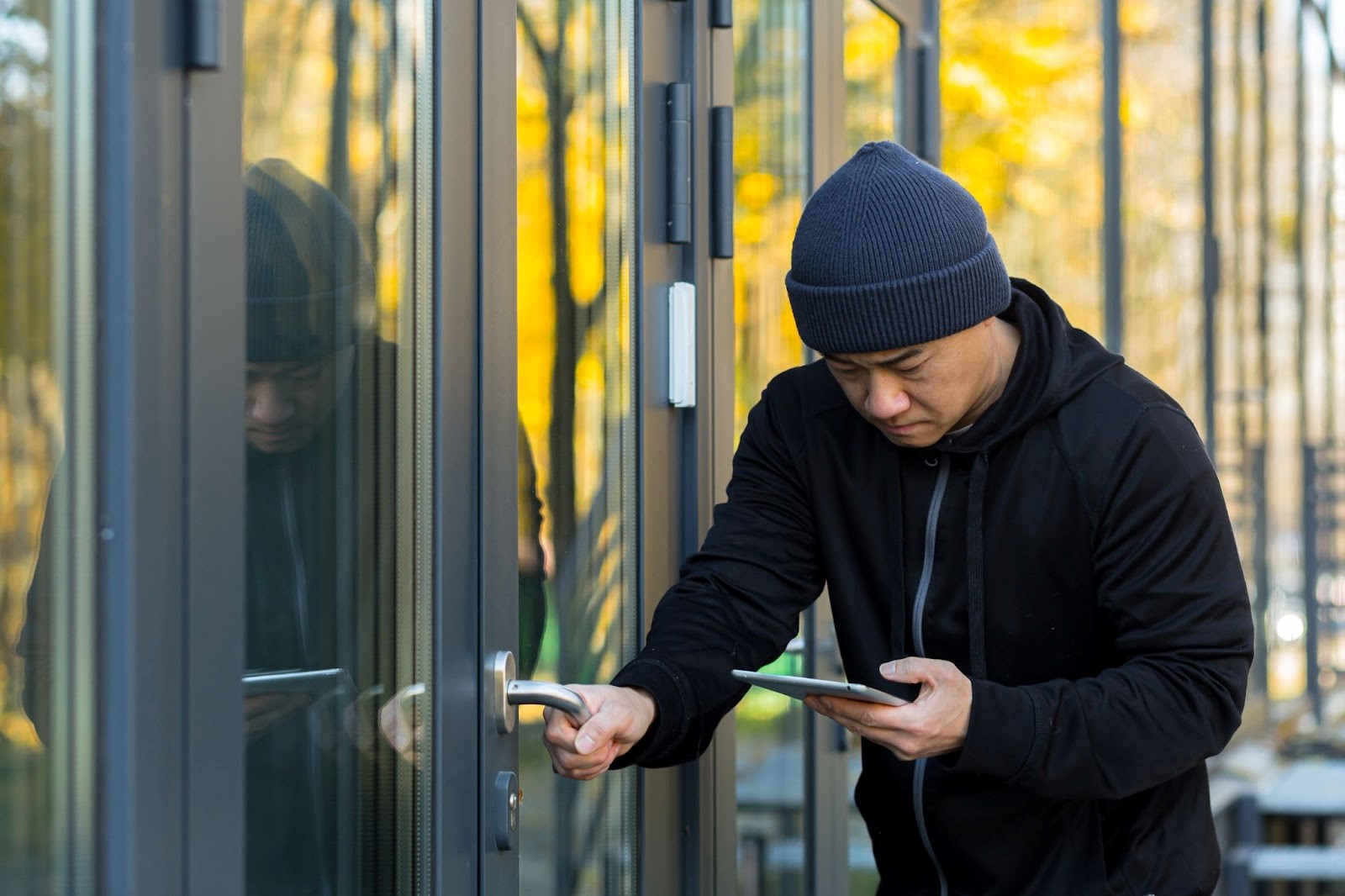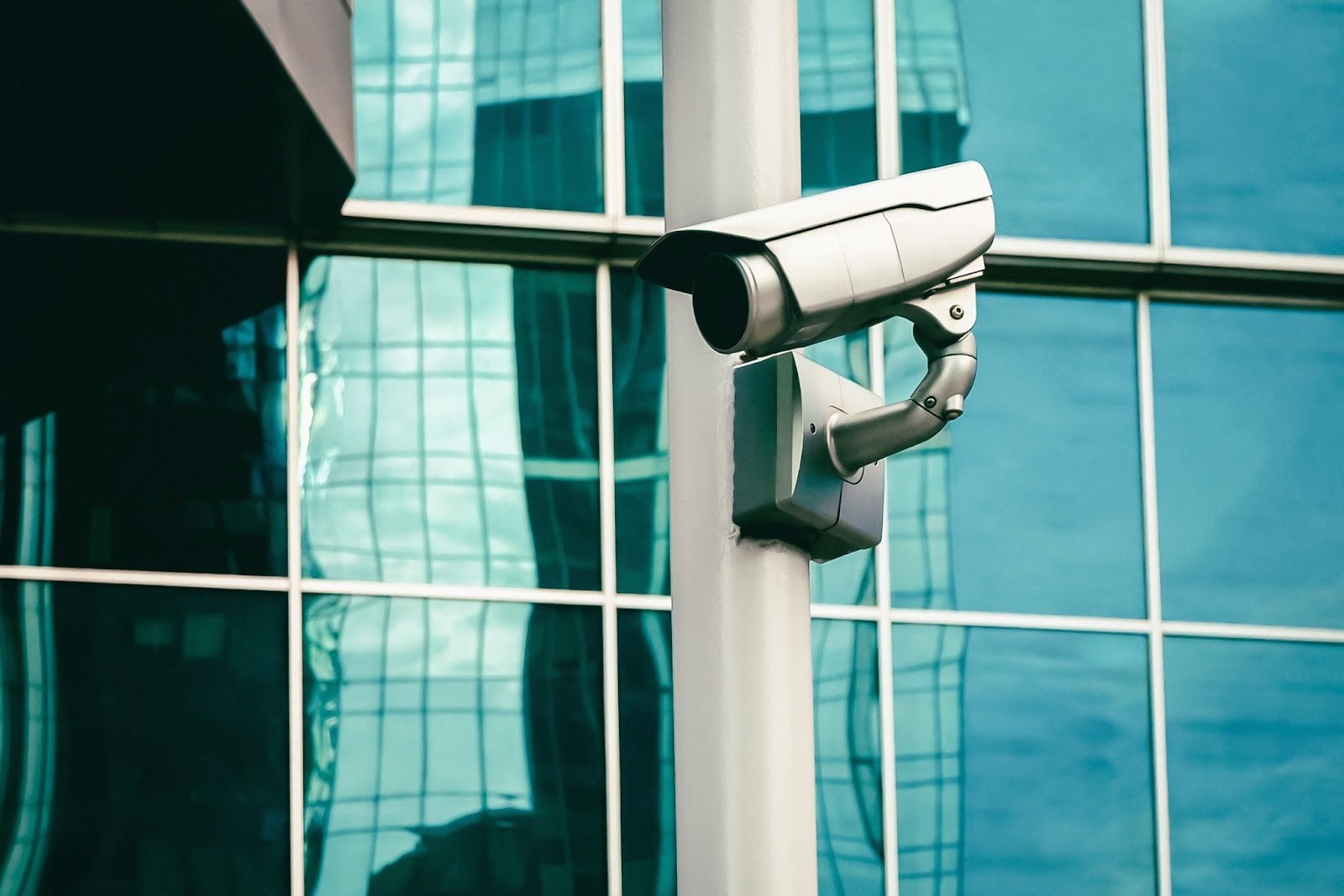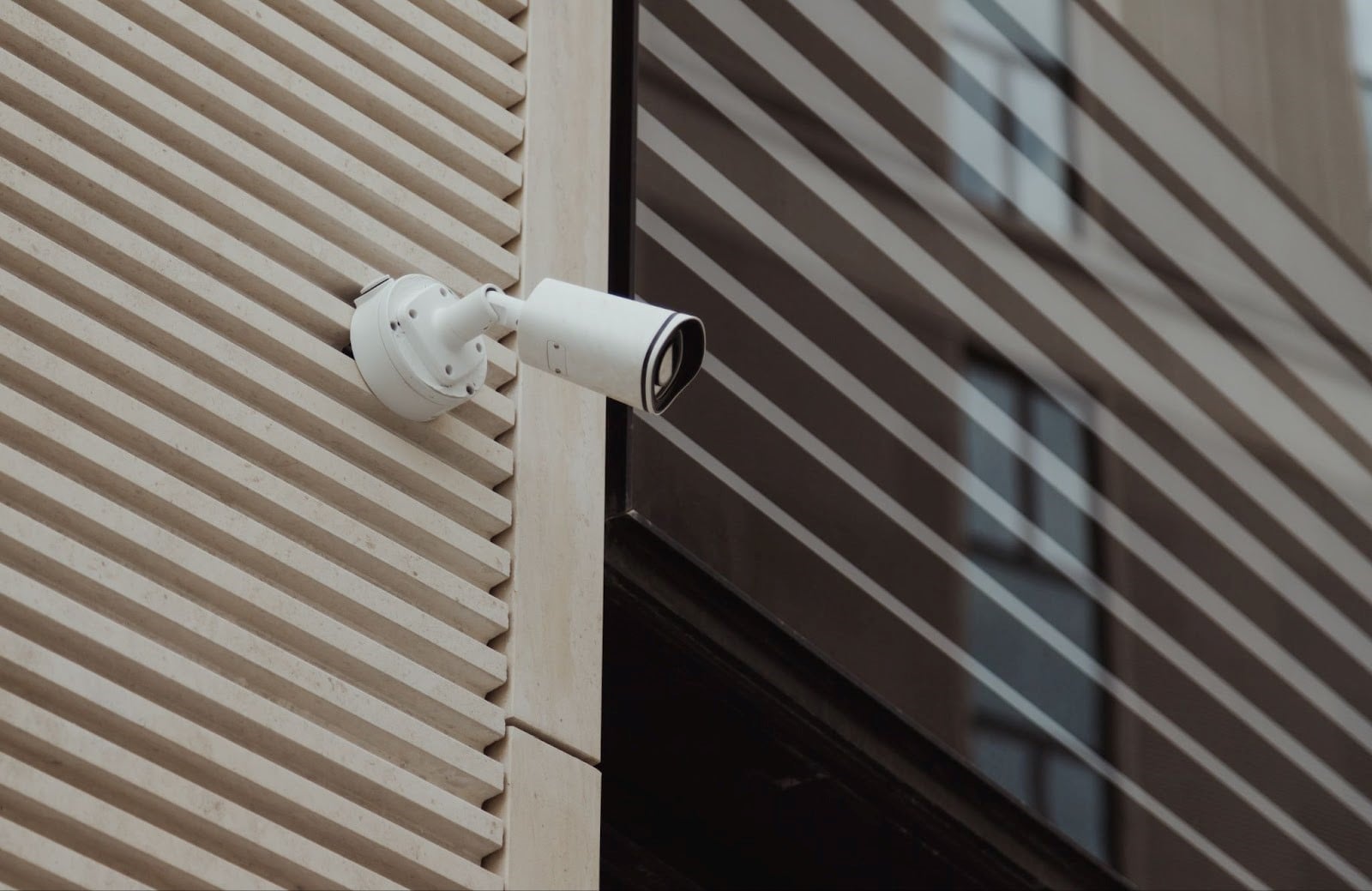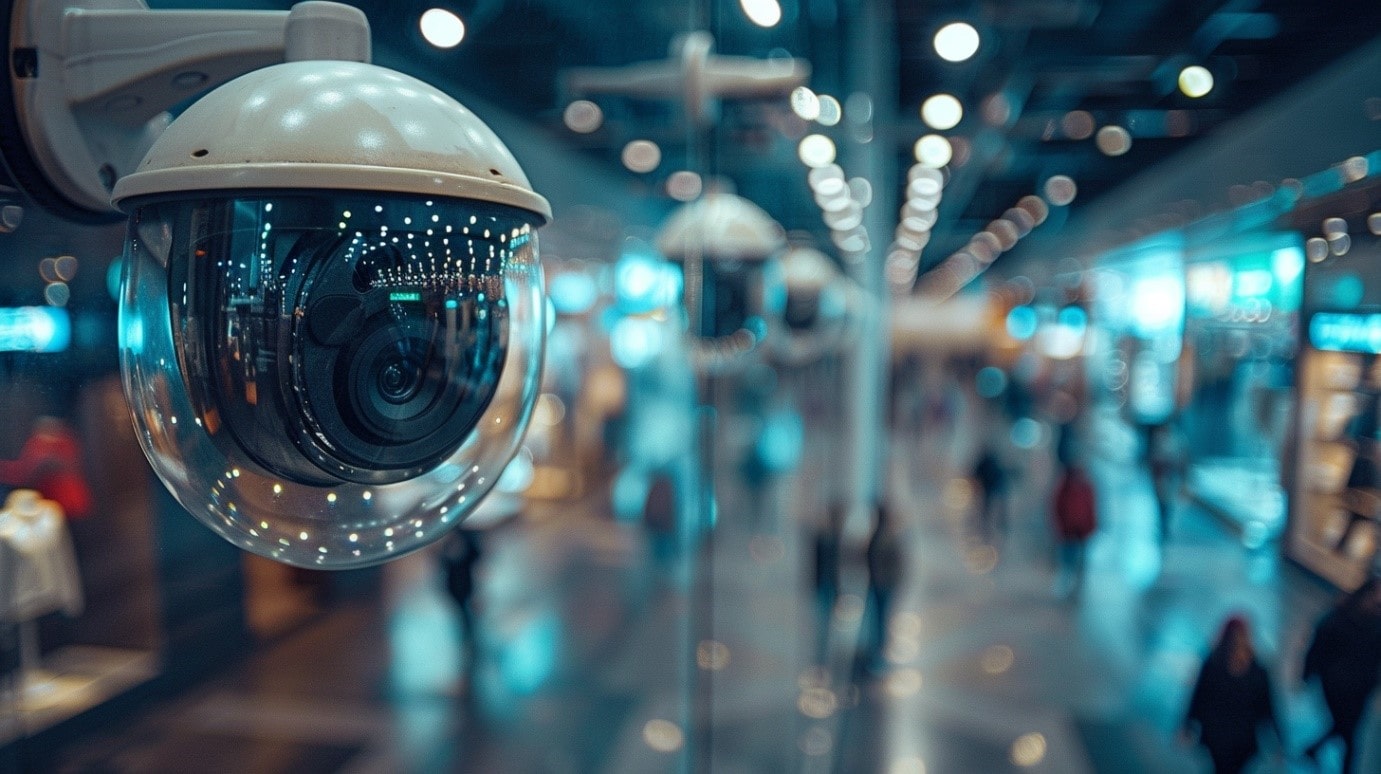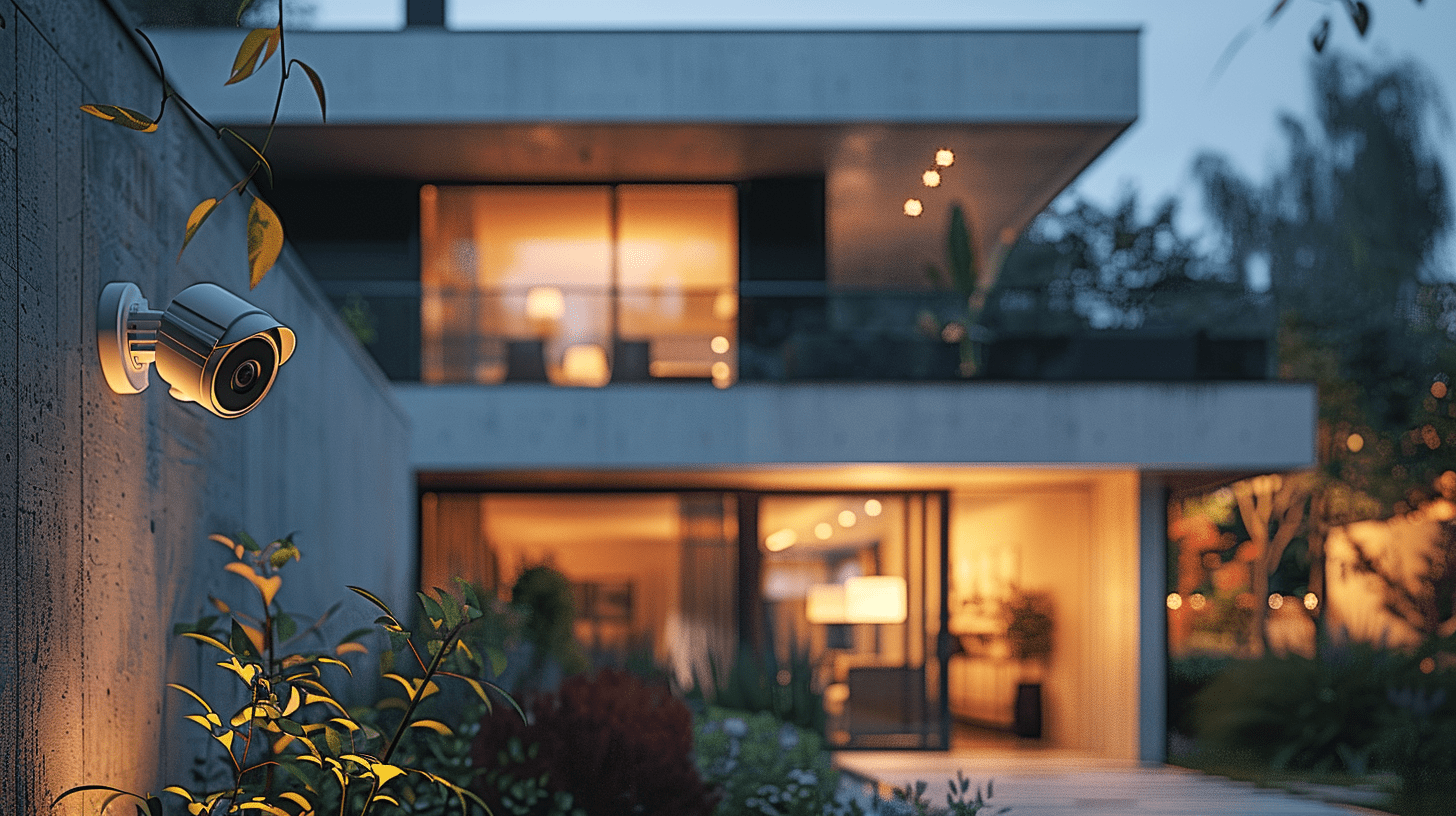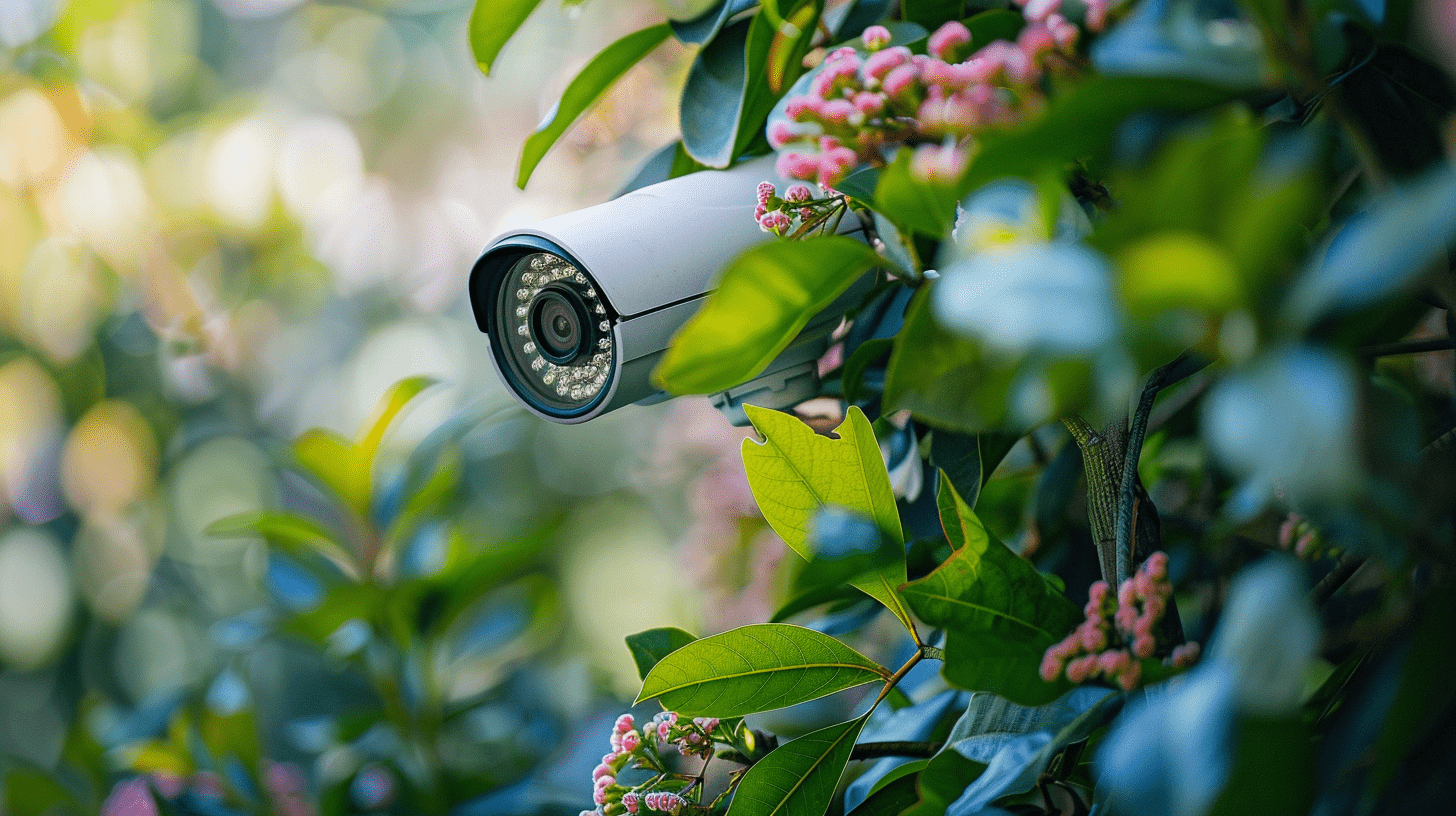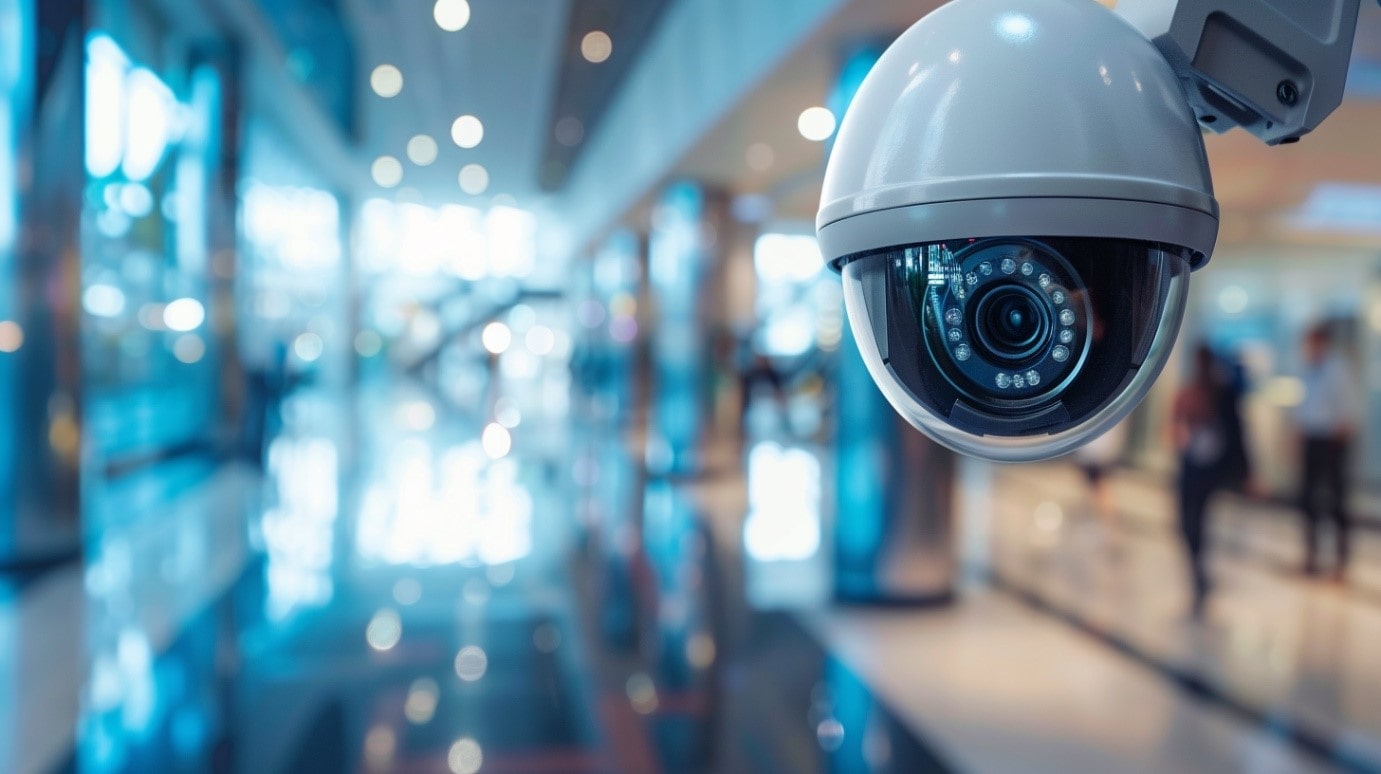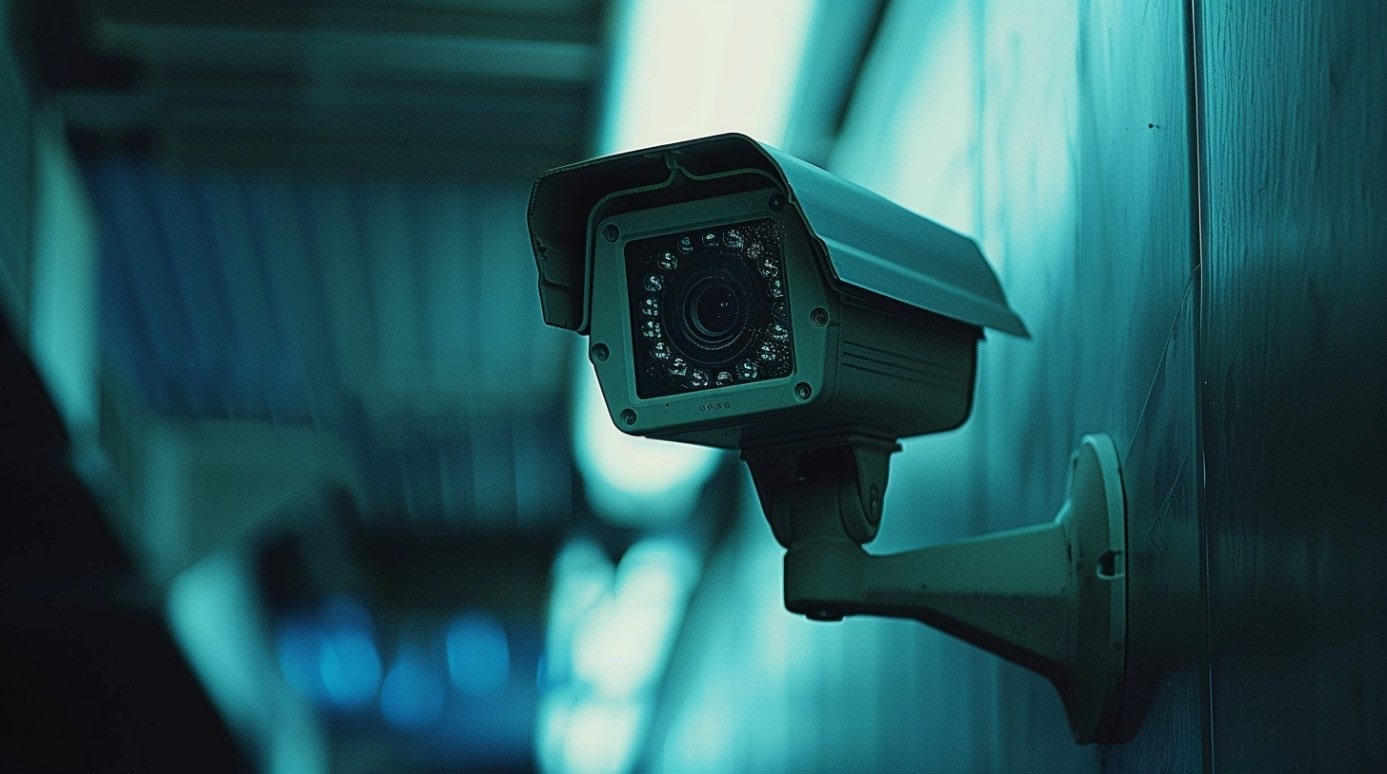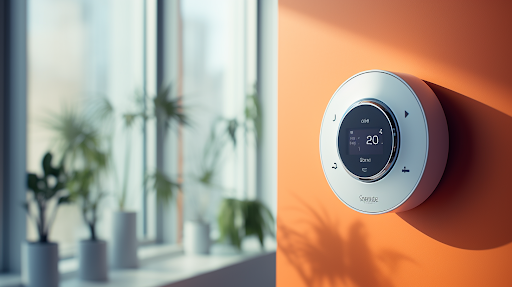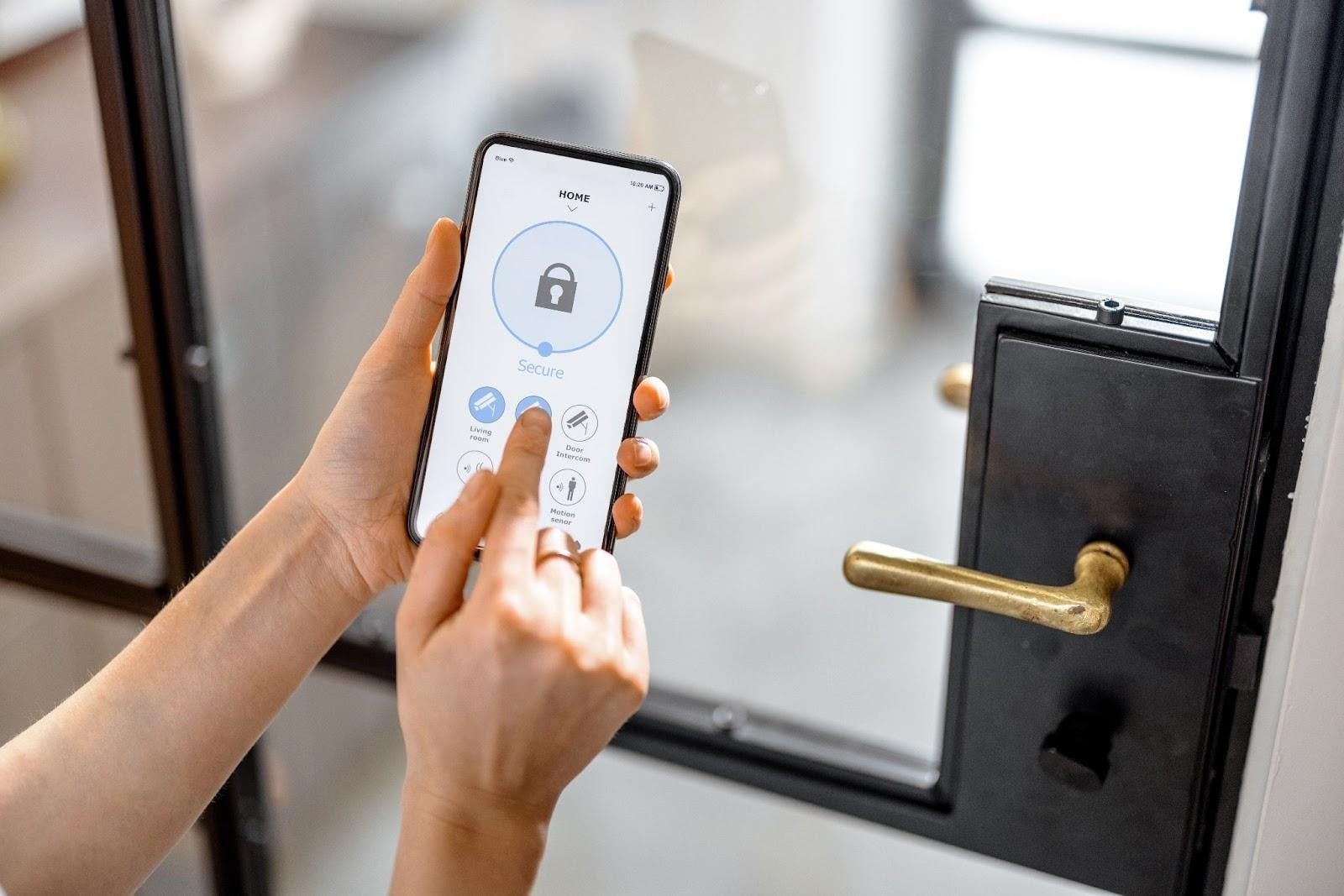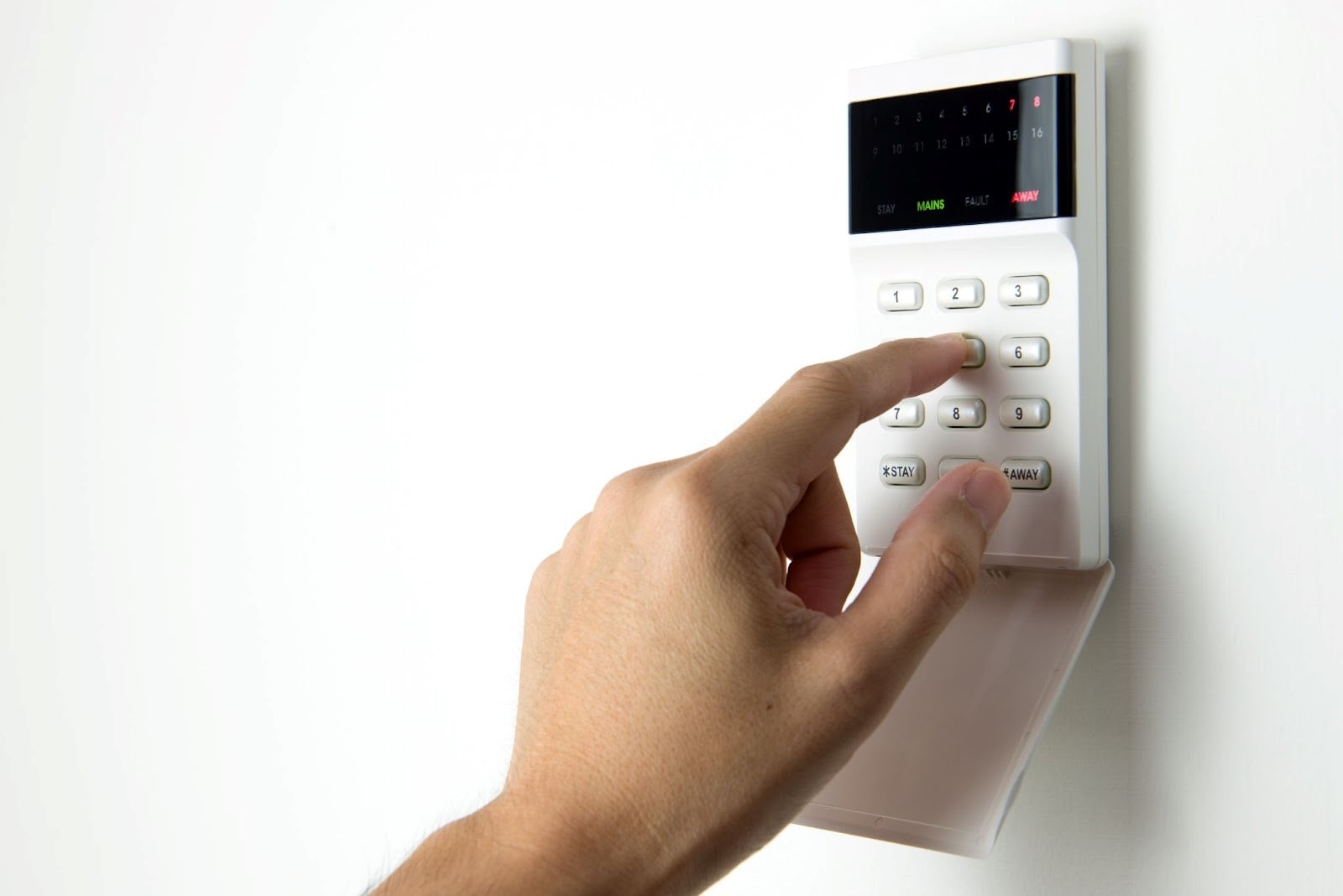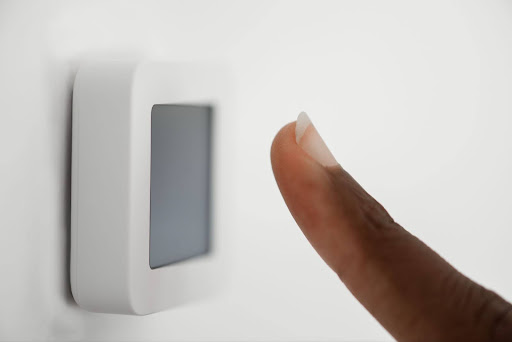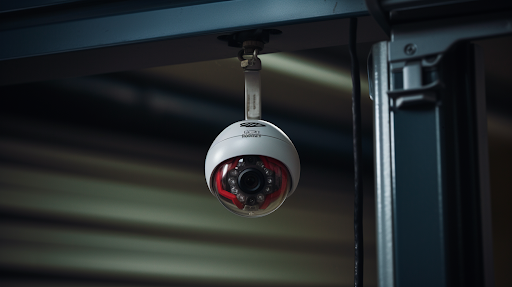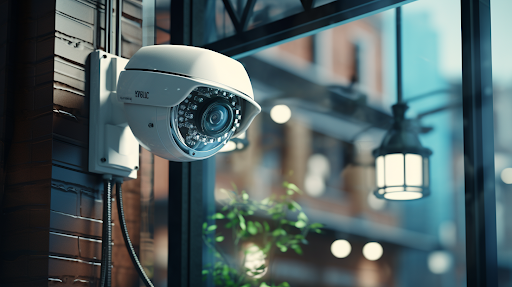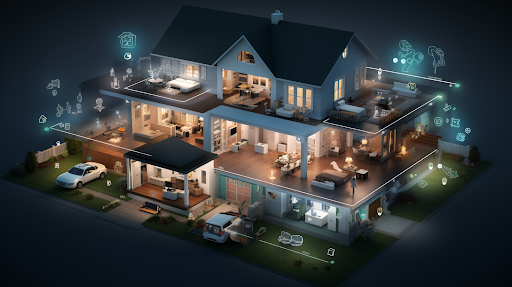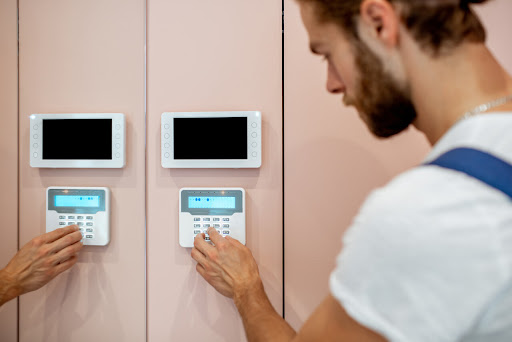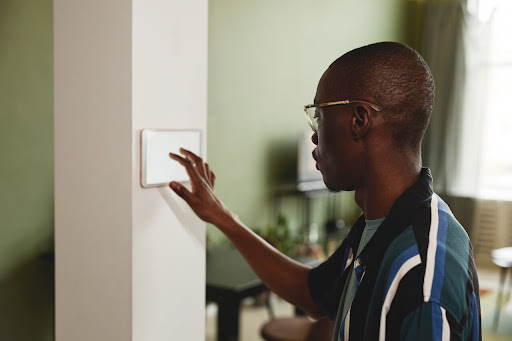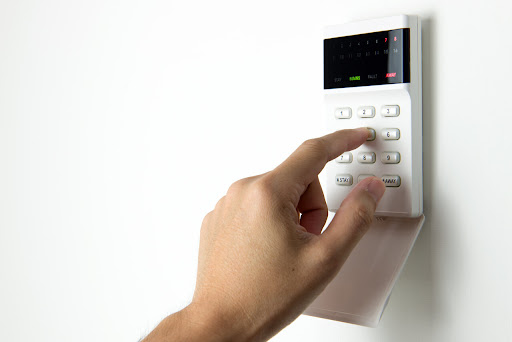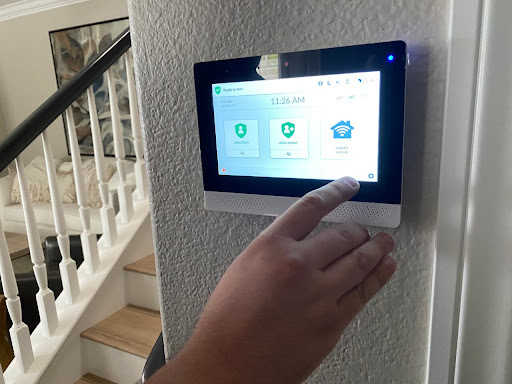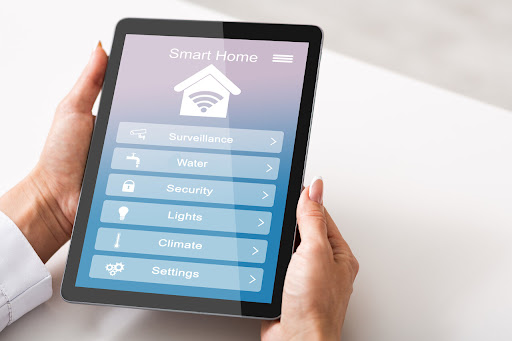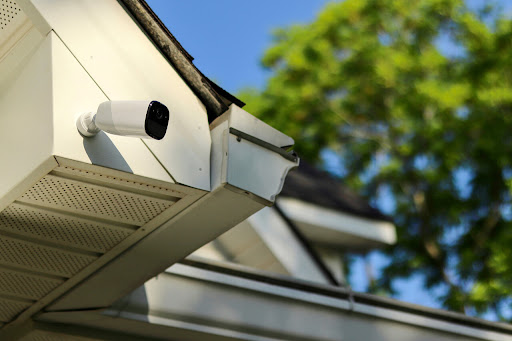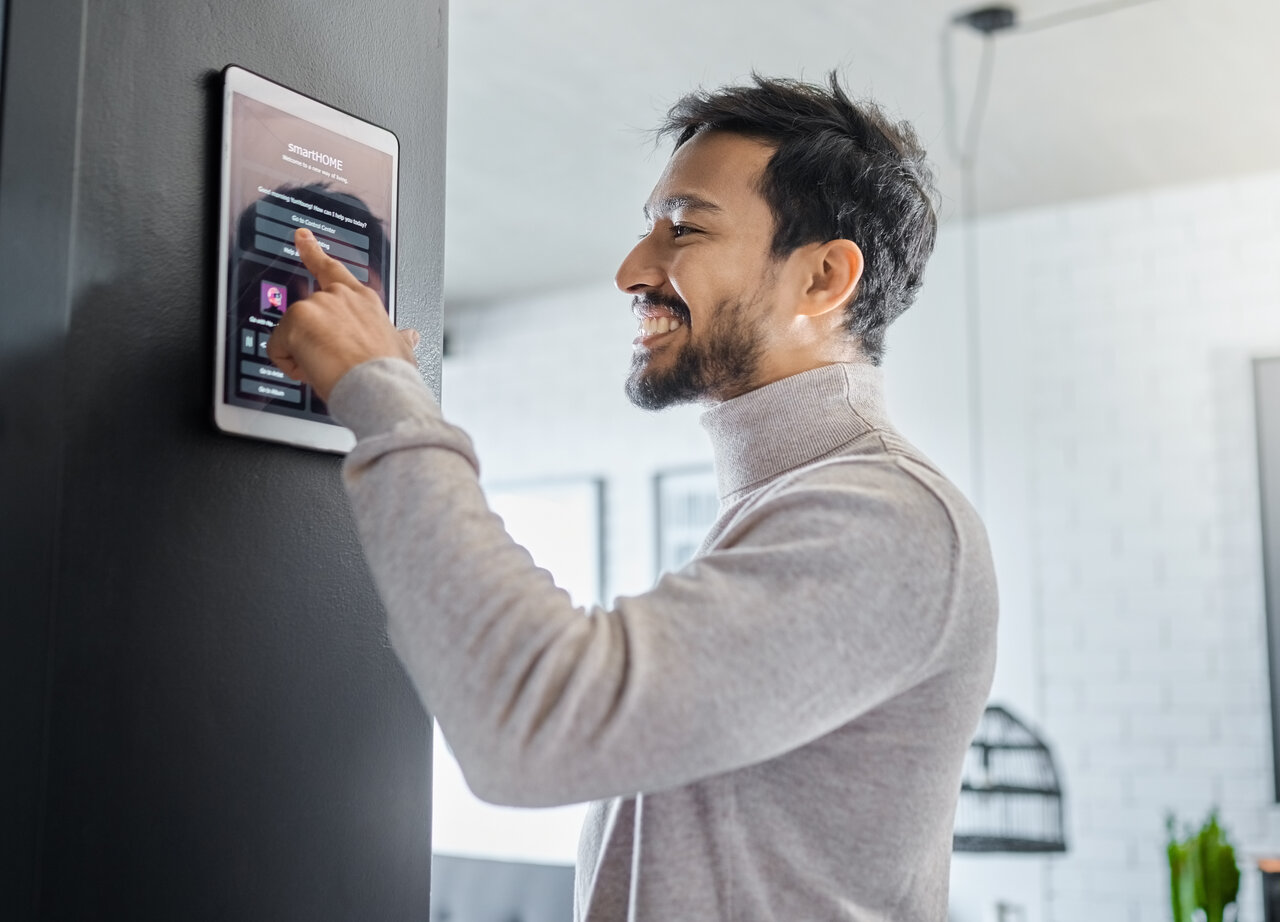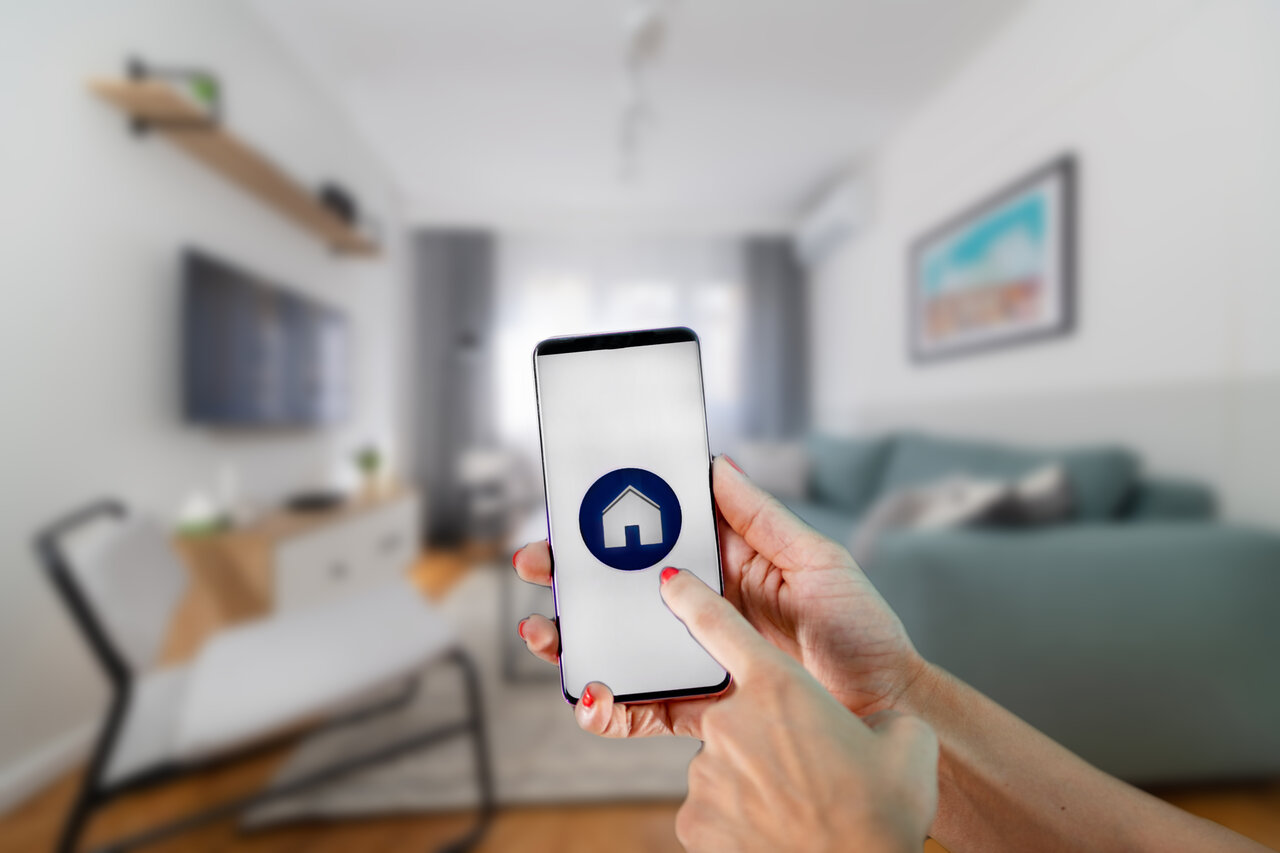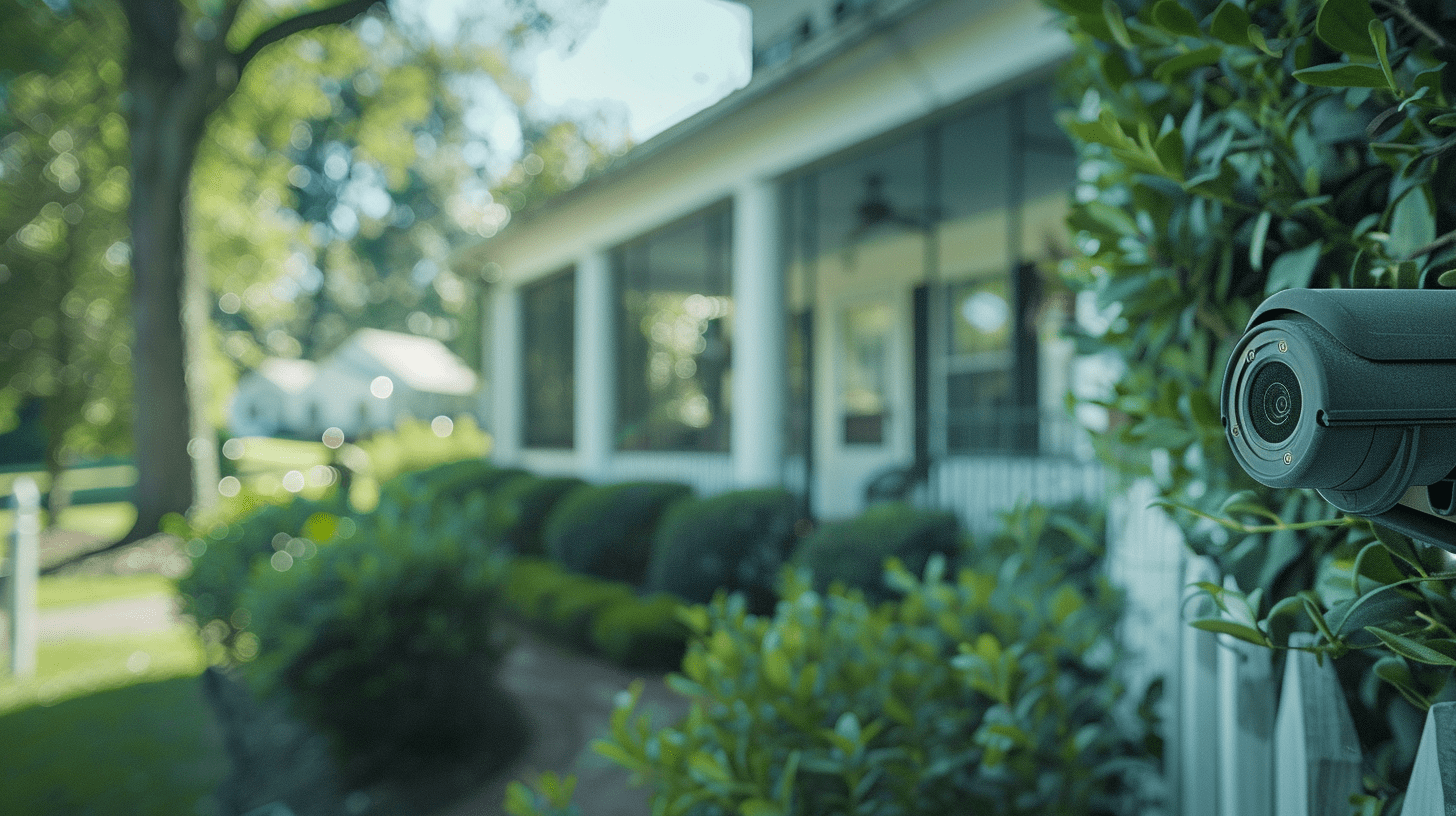
Investing in Peace of Mind: What Is The Average Cost of a Home Security System with Cameras?
Sommaire
- Is Home Camera Security Equipment Necessary?
- 5 Key Advantages of Professional Monitoring Services
- 1. Enhanced Surveillance with Motion Detectors and Battery-Powered Reliability
- 2. Activation and Remote Monitoring for Seamless Interaction
- 3. Comprehensive Protection with Outdoor Cameras, Window Sensors, and More
- 4. Integration with Smoke Detectors and Emergency Services for Complete Safety
- 5. Professional Support for Hassle-Free Setup
- Choosing the Right Professional Monitoring Plan
- What Is the Average Cost of a Home Security System with Cameras?
- Average Cost Breakdown
- Factors Affecting the Price of Security Camera Systems
- Is There a Difference Between Wired and Wireless Home Security Systems?
- Wired Systems
- Wireless Systems
- The Cost Difference
- How to Choose the Right Security System Company
- Sting Security: Top-Notch Security Solutions in Montreal
In today’s uncertain world, the importance of home camera security systems cannot be overstated They provide a vital layer of protection, safeguarding your haven and everything you hold dear. They provide a vital layer of protection, safeguarding your haven and everything you hold dear. Whether it’s deterring intruders, monitoring for emergencies, or simply offering peace of mind, these systems are an investment worth making. In this article, we explore the benefits of state-of-the-art home security systems and delve into the factors that influence their cost.
Is Home Camera Security Equipment Necessary?
In an era where security concerns loom large, investing in a robust home camera security system is no longer a luxury but a necessity. These systems serve as vigilant sentinels, tirelessly watching over your home and loved ones and providing a layer of protection that extends far beyond mere locks and alarms.
5 Key Advantages of Professional Monitoring Services
1. Enhanced Surveillance with Motion Detectors and Battery-Powered Reliability
Modern home camera security systems are equipped with sophisticated motion detectors that can discern between routine movements and potential threats. This ensures that you’re promptly alerted to any suspicious activity, allowing for swift action to be taken. Moreover, with battery-powered options available, these systems remain operational even during power outages, ensuring uninterrupted surveillance.
2. Activation and Remote Monitoring for Seamless Interaction
The integration of video doorbells into home security systems has revolutionized the way we monitor and interact with our surroundings. With remote activation and monitoring capabilities, you can keep tabs on your home from anywhere in the world, enhancing both security and convenience. Whether it’s responding to a delivery or deterring a would-be intruder, video doorbells offer unparalleled peace of mind.
3. Comprehensive Protection with Outdoor Cameras, Window Sensors, and More
Residential camera security systems go beyond just cameras—they encompass a comprehensive suite of features designed to fortify your defenses. Outdoor cameras cover vulnerable entry points, while window sensors and doorbells add additional layers of protection. Concerns about false alarms are mitigated by precise detection capabilities, ensuring that you’re only alerted when it matters most.
4. Integration with Smoke Detectors and Emergency Services for Complete Safety
Safety is paramount, and home camera security systems are not just about thwarting burglars—they also play a crucial role in safeguarding against emergencies. Integrated with smoke detectors and emergency services, these systems provide peace of mind knowing that you’re prepared for any eventuality. Whether it’s a break-in or a fire, help is just a call away!
5. Professional Support for Hassle-Free Setup
Setting up a home camera security system has never been easier. Thanks to the professional assistance of reputable security providers, you can expect the best support every step of the way From choosing the right system to ensuring proper installation, they’re there to help you make your home safer.
Contact Home Surveillance Professionals
Choosing the Right Professional Monitoring Plan
From basic packages to advanced solutions, there’s a home camera security system to suit every need and budget. Whether you opt for wireless or wired systems, cellular monitoring ensures reliable connectivity, while cloud storage options allow for long-term video storage. With advancements like Google Assistant integration, these systems offer deeper control and accessibility than ever before. So why wait? Secure your home and loved ones today with a reliable security system.
What Is the Average Cost of a Home Security System with Cameras?
Security systems encompass a range of devices and features designed to protect your property. From sensors and cameras to monitoring services and smart home integration, the options are vast. Your choice depends on factors such as property size, level of automation desired, and personal preference.
Average Cost Breakdown
- Upfront Costs: Ranging from hundreds to thousands of dollars, depending on equipment and installation.
- Monthly Costs: Typically between $20 to $50 for monitoring services, with additional fees for cloud storage and advanced features.
- Total Cost Over Time: Considering both upfront and ongoing expenses such as monthly monitoring costs, expect to invest thousands of dollars over several years.
Why Invest in an All-in-One Residential Home Automation System?
Factors Affecting the Price of Security Camera Systems
- Equipment Cost: The upfront cost includes cameras, sensors, control panels, and other hardware. Modern options can come at a premium.
- Installation Costs: Professional installation ensures proper setup but incurs additional fees.
- Monitoring Plans: Monthly monitoring fees vary depending on the level of service, with options for professional monitoring or self-monitoring.
- Additional Features: Advanced features such as facial recognition, carbon monoxide detectors, and duress signal capabilities can increase costs.
- Cloud Storage: Storing video footage in the cloud incurs ongoing charges, with options for monthly or yearly subscriptions.
Is There a Difference Between Wired and Wireless Home Security Systems?
Both wired and wireless security systems offer effective protection for your home, each with its own set of advantages and considerations. By understanding the differences and incorporating the right components, you can create a comprehensive security solution tailored to your needs.
Wired Systems
Wired systems are directly connected to your home’s electrical system, providing a reliable and robust security solution. Here’s how they incorporate different security components:
- Security Cameras: Wired cameras are fixed in place and connected to the central control panel via cables, ensuring stable footage capture.
- Doorbell Cameras: These cameras are integrated into the doorbell system, allowing for clear visuals of visitors and potential intruders.
- Indoor Cameras: Fixed in strategic locations indoors, these cameras monitor activity within the premises.
- Wired Cameras: These cameras are part of the wired security system, providing continuous surveillance of specific areas.
- Smart Home Devices: While typically not directly integrated into wired systems, smart home devices can complement them by offering additional features like remote access and automation.
- Central Control Panel: This is the brain of the wired security system, managing all connected components and facilitating communication.
- Entry Sensors, Glass-break Sensors, Contact Sensors: These sensors are wired to the central control panel, triggering alerts in case of unauthorized entry or tampering.
- Motion Sensors: Wired motion sensors detect movement and can activate alarms or cameras as needed.
- Intrusion Detection Devices: These devices, such as pressure mats or laser beams, are part of the wired system’s security measures.
- Alarm Systems: Wired alarm systems can include sirens, strobe lights, and other audible or visual deterrents.
- Environmental Sensors: Wired systems may incorporate sensors for detecting smoke, fire, carbon monoxide, or flooding.
- Layer of Security: Wired systems offer a comprehensive and robust security solution, providing multiple layers of protection against various threats.
Wireless Systems
Wireless systems utilize Wi-Fi or cellular signals for communication, offering flexibility and ease of installation. Here’s how they incorporate different security components:
- Security Cameras: Wireless cameras can be easily installed in various locations without the need for wiring, providing flexibility in surveillance.
- Doorbell Cameras: These wireless cameras offer visual monitoring of doorways and entrances, with the added convenience of remote access.
- Indoor Cameras: Wireless indoor cameras offer discreet monitoring of interior spaces, without the constraints of wiring.
- Wireless Cameras: These cameras are the backbone of wireless security systems, providing surveillance coverage without the need for cables.
- Smart Home Devices: Wireless systems often integrate seamlessly with smart home devices, allowing for remote control and automation.
- Central Control Panel: While still present, the central control panel in wireless systems communicates wirelessly with connected components.
- Entry Sensors, Glass-break Sensors, Contact Sensors: Wireless sensors are easy to install and can be placed on doors, windows, and other entry points.
- Motion Sensors: Wireless motion sensors detect movement and can trigger alarms or activate cameras.
- Intrusion Detection Devices: Similar to wired systems, wireless systems can incorporate various intrusion detection devices for added security.
- Alarm Systems: Wireless alarm systems offer audible and visual alerts to deter intruders and notify occupants of potential threats.
- Environmental Sensors: Wireless systems can include sensors for monitoring environmental hazards like smoke, fire, and carbon monoxide.
- Layer of Security: While offering similar security features, wireless systems provide the added benefit of flexibility in installation and device placement.
The Cost Difference
There can be a cost difference between wired and wireless home security systems. Wired systems often have higher upfront installation costs due to professional installation requirements, while wireless systems are generally easier to install, potentially reducing upfront expenses. However, wireless systems tend to have slightly higher equipment costs and ongoing maintenance requirements, such as battery replacement for wireless components.
Smarter Living, Safer Homes: How to Choose a Security Camera System for Your Home
How to Choose the Right Security System Company
When selecting the ideal home camera system provider, it’s essential to consider various factors to ensure you’re getting the right fit for your needs and budget. Here’s a guide to help you navigate the process effectively:
- Consider Contract Terms: Review contract terms, including long-term commitments, termination fees, and potential costs associated with early termination.
- Assess Security Costs: Consider security costs, including upfront equipment expenses, monthly charges, and additional fees such as activation or one-time fees.
- Explore Equipment Options: Look into the types of security devices offered, such as individual cameras, motion detection sensors, or digital video recorders.
- Review Monitoring Plans: Consider the type of monitoring offered, whether it’s professional monitoring subscriptions or DIY monitoring options.
- Look for Extra Features: Assess additional features like person detection, cellular backup, or cloud storage subscriptions to enhance your system’s functionality.
- Compare Price Ranges: Explore the range of prices available, from basic, no-frills systems to high-end options with advanced capabilities.
- Investigate Equipment Packages: Examine equipment packages offered by providers, including any additional cameras or sensors included.
- Check for Emergency Response: Ensure that the provider offers reliable emergency response services, including prompt notification of emergency responders when needed.
- Consider Payment Options: Explore payment options, including monthly payments, upfront equipment costs, and any discounts or incentives offered, such as gift cards or credit card debt repayment.
- Factor in Maintenance Costs: Consider ongoing costs such as battery replacements, equipment malfunctions, or labor rates for repairs.
By carefully considering these factors, you can make an informed decision when choosing the right home camera system provider that meets your security needs and fits within your budget.
Sting Security: Top-Notch Security Solutions in Montreal
Sting Security is the best provider of residential and commercial security systems. Our turnkey smart home solutions offer seamless integration and control, allowing you to manage your entire home from a single control panel or your smartphone. From video surveillance devices to smart locks and video doorbells, we have everything you need to effectively protect your property. Don’t wait any longer, contact Sting Security today and take the first step towards a safer, smarter home!








